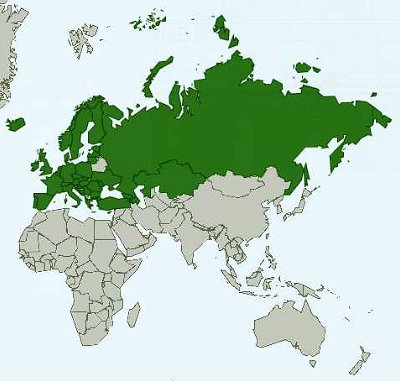 If Neanderthals were alive today and dressed in modern clothes, would they differ greatly from modern humans?
If Neanderthals were alive today and dressed in modern clothes, would they differ greatly from modern humans? Average, 10 Qns, ponycargirl,
Mar 05 15
 If Neanderthals were alive today and dressed in modern clothes, would they differ greatly from modern humans?
If Neanderthals were alive today and dressed in modern clothes, would they differ greatly from modern humans? 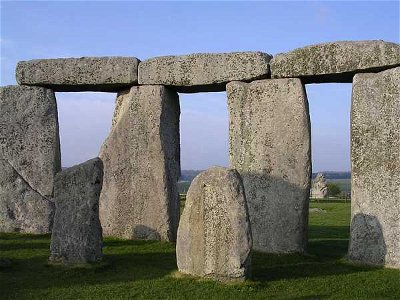 The term "revolution" is defined in part as any radical and pervasive change in society. Why was the Neolithic Revolution a major turning point in human history?
The term "revolution" is defined in part as any radical and pervasive change in society. Why was the Neolithic Revolution a major turning point in human history? 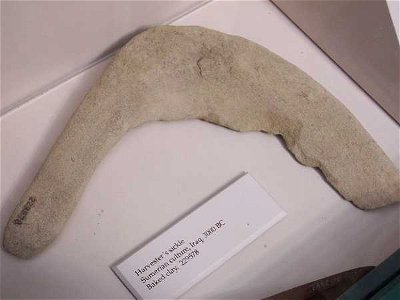 The Neolithic Revolution dramatically changed life. However, was all the change positive?
The Neolithic Revolution dramatically changed life. However, was all the change positive? |
|
 My team of paleoanthropologists has uncovered a skull at our dig site. Will it belong to an hominid or a human? Can you help us classify it?
My team of paleoanthropologists has uncovered a skull at our dig site. Will it belong to an hominid or a human? Can you help us classify it? 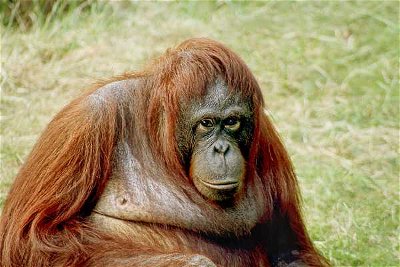 A quiz about some of the many extinct species that have shared the human family tree since we split from the apes.
A quiz about some of the many extinct species that have shared the human family tree since we split from the apes. 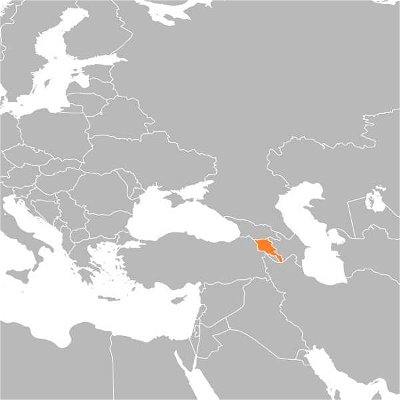 In January 2007, archaeologists discovered Areni-1, a site which yielded the remains of the oldest known wine-making facility in the world. Come explore with me!
In January 2007, archaeologists discovered Areni-1, a site which yielded the remains of the oldest known wine-making facility in the world. Come explore with me! 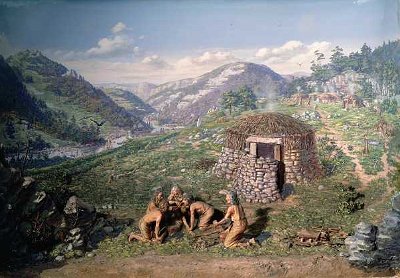 Since the discovery of Ozti the Iceman in 1991, his remains have undergone a series of scientific tests which have uncovered information about who he was and how he lived. What do you know about Ozti?
Since the discovery of Ozti the Iceman in 1991, his remains have undergone a series of scientific tests which have uncovered information about who he was and how he lived. What do you know about Ozti?  "...At some point during that unforgettable evening--I no longer remember when--the new fossil picked up the name of Lucy".
"...At some point during that unforgettable evening--I no longer remember when--the new fossil picked up the name of Lucy". 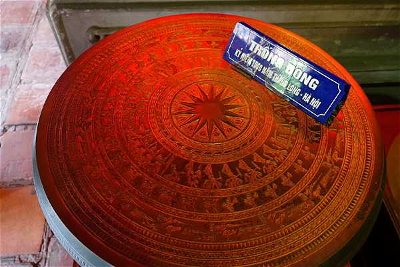 The artefacts left by pre-historic civilisations offer fascinating clues as to the nature of society at that time. The Dong Son drums are an example of this.
The artefacts left by pre-historic civilisations offer fascinating clues as to the nature of society at that time. The Dong Son drums are an example of this. |
|
 Quick Question
Quick Question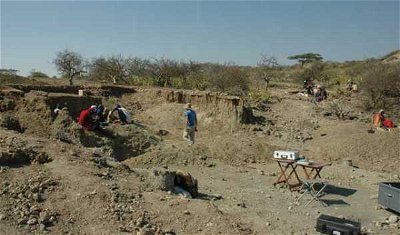 First a volcano erupted. Ash covered the ground. A group of hominids walked across the area as a light rain began to fall. The rain cemented the ash into tuff, creating fossilized footprints. Over time, more ash covered and protected them.
First a volcano erupted. Ash covered the ground. A group of hominids walked across the area as a light rain began to fall. The rain cemented the ash into tuff, creating fossilized footprints. Over time, more ash covered and protected them. |
|
|
|
 = Top 5% Rated Quiz,
= Top 5% Rated Quiz,
 Top 10% Rated Quiz,
Top 10% Rated Quiz,
 Top 20% Rated Quiz,
Top 20% Rated Quiz,
 A Well Rated Quiz
A Well Rated Quiz
· All questions, answers, and quiz content on this website is copyright FunTrivia, Inc and may not be reproduced without permission. Any images from TV shows and movies are copyright their studios, and are being used under "fair use" for commentary and education.